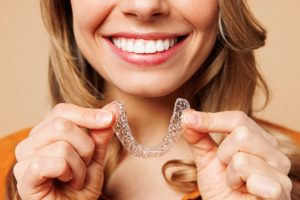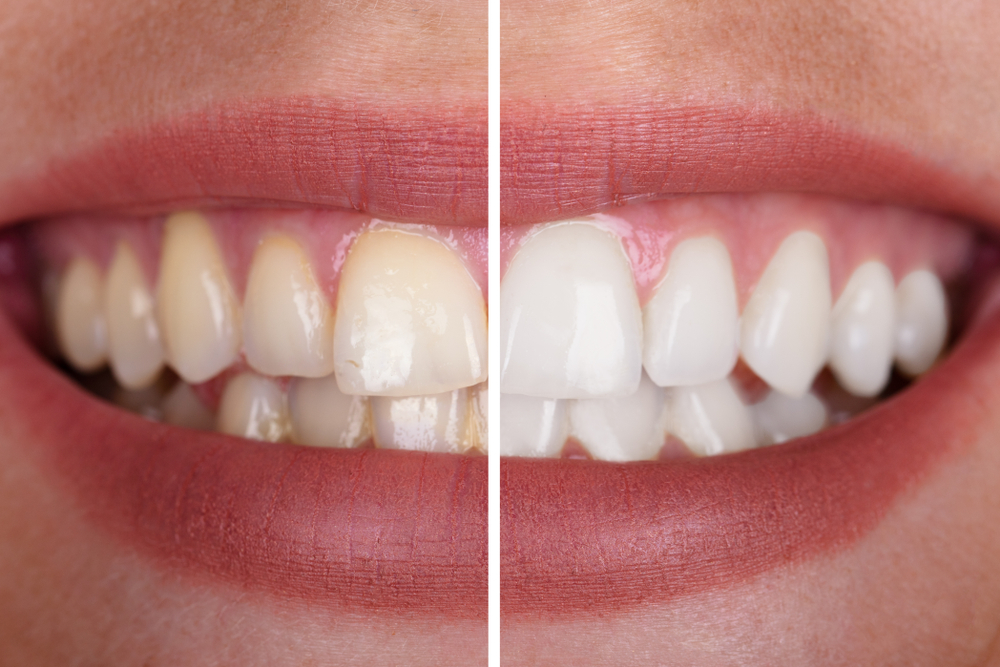Mouthwash is a vital part of oral hygiene, to go along with regular brushing and flossing every day. Not all mouthwashes are created equal. You need a mouthrinse that’s accepted by the American Dental Association and has the seal of acceptance on the product label. Then you need to follow the instructions on the label.
In today’s blog from Parkcrest Dental Group, we discuss how mouthwash works to neutralize enamel-eating acid as part of a regular dental care routine.
Related Post: The Many Varieties of Mouthwash
How Acid Forms in Your Mouth
Enamel-eating acid forms in your mouth through a process called glycolysis. Bacteria in your mouth use the sugar found in foods as a source of energy. The byproduct of this process creates acid in your mouth. This isn’t a powerful acid that will burn you. Instead, this acid gradually seeps into your teeth and causes plaque, tooth decay, and cavities if you don’t take care of your oral hygiene with regular dental care.
How Mouthwash Neutralizes Acid
Mouthwashes typically contain a substance that’s the opposite of an acid, called a base or an alkaline substance. One common base found in over-the-counter mouthwashes is alcohol. You might see the word “antiseptic” on the label with alcohol-based rinses. Baking soda also creates a basic environment. Fluoride is another popular option to make your mouth more alkaline.
When an alkaline substance meets an acid, it neutralizes the substance and brings your mouth more in line with where it should be naturally. Saliva is slightly acidic, but not brushing after eating makes your mouth even more acidic. Your mouth’s pH should be as close to neutral as possible.
How to Use Mouthwash Properly
Mouthwash is simple, easy to use, and works well with your dental care routine.
1. Brush and floss first. We can’t stress this enough. If you use fluoride toothpaste, wait an hour before using mouthwash. Mouthwash can wash away the beneficial fluoride.
2. Pour the mouthwash into a cup, usually 1 to 2 tablespoons’ worth. Many mouthwash containers have marked lids for dosing purposes.
3. Rinse your mouth for 30 seconds. Swish the mouthwash all around your mouth to reach every possible crevice, tooth, and area of your mouth. Do NOT swallow it. Consider setting a timer or counting to 30 to get the full benefits.
4. Spit out the mouthwash into the sink. Don’t follow the rinse with water because that will dilute the mouthwash that’s left on your teeth. Wait at least 30 minutes before eating.
Related Post: What Are the Actual Benefits of Mouthwash?
More Dental Care Tips From Parkcrest Dental Group
The friendly, compassionate staff at Parkcrest Dental Group can give you more tips and tricks for oral hygiene and dental care. Contact Parkcrest Dental Group or call (417) 887-1220 and we’ll answer your questions!




